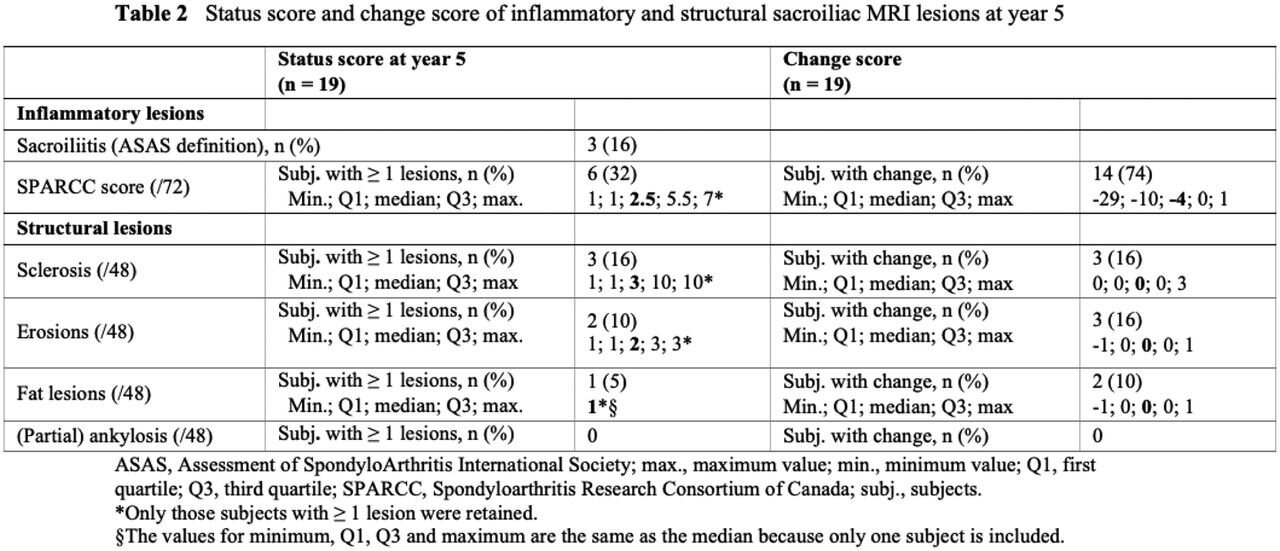Lorraine Sherren says what’s holding her together as she and her husband grieve the death of their 40-year-old son is knowing he was able to donate his heart, with some out-of-the-box thinking.
Robbie Sherren, 40, was a Special Olympics bowler, Trekkie and computer whiz, his parents said. What started as a trip to the emergency department for seemingly just a sprained ankle wound up with him no longer breathing, experiencing an aneurysm and almost 100 tiny strokes.
His mother was devastated when doctors initially told her Robbie wouldn’t be able to donate his heart because she knew how much it would’ve meant to him. He had been donating blood for decades.
“He was just a special man with an infectious smile,” she said.

“Everybody liked him, he never got into any trouble,” his father, Derk Sherren, said of their red-headed son who chose to live at home.
Normally, hearts can only be donated in Canada after brain or neurological death, where the heart continues to beat after the patient is declared deceased.
But within hours of that initial ‘no,’ while Robbie was still on life support, the Kingston chapter of Trillium, Ontario’s organ and tissue donation agency, stepped in with an idea: After the heart stopped beating, remove it, give it blood and use a special resuscitation box to keep it warm, beating and viable with oxygen and nutrients while en route to the recipient.
While the technology exists, Canadian hospitals don’t have it. The Kingston hospital contacted a U.S. team of surgeons to bring their equipment north for the surgery.

When Robbie died on May 7, he became the first Canadian adult to donate his heart after cardiac or circulatory death (DCD), according to Kingston Health Sciences Centre.
Robbie’s heart went to an American recipient.
“It is what is holding us together and helping us to cope with loss,” his mother said of the donation.
Dr. Gordon Boyd, a critical care physician and neurologist at the Kingston hospital, treated Robbie and applauds the patient and his parents for the legacy he’s left.
“He died in ICU with family by his side,” Boyd said, choking back tears as he recalled the parents telling Robbie to let go.
Boyd said doctors follow strict criteria for donation after brain death, which includes confirming the pupil is fixed and dilated in response to shining a light into the eye. Boyd said since Robbie’s pupil movement was intermittent, he didn’t qualify, although he wouldn’t ever be able to recover from the brain injury.
The parents decided to stop life-sustaining therapies.The hospital said typically when people suffer a cardiac death, the heart experiences too much tissue damage after it stops beating, due to lack of oxygen, making it unsuitable for donation.
TransMedics’s heart-in-a-box technology changes that by keeping the heart pumping and oxygenated, extending the length of time between organ retrieval and transplantation.
Boyd said Robbie “sparked a flame” that could mean DCD will eventually become routine in Canada.
Heart transplants could increase nearly 30%
Dr. Vivek Rao, surgical director of the cardiac transplant program at the Peter Munk Cardiac Centre in Toronto, said the first human heart transplant in 1967 by Dr. Christiaan Barnard was also a DCD.
The approach was abandoned for 40 years until the advent of heart-in-a-box technology, which is now used in parts of Europe and the U.S.
In 2023, researchers reported the results of a pilot DCD transplant program in the United Kingdom showing DCD donors increased overall heart transplantation by 28 per cent.
After 30 days, DCD transplant recipients showed the same survival rate as those who received a heart through conventional donation.

Rao is working to bring the heart-in-a-box technique to Ontario.
“We did 43 transplants last year,” Rao said. “We would anticipate that incorporating the DCD procurement technique would expand our transplant program to well over 50 and approaching 60 hearts a year.”
Rao said delays due to the COVID-19 pandemic emergency meant his team was only ready to be trained to use the heart-in-a-box technology in January. Then provincial procurement policies for the technology led to another pause, he said. They are still waiting for equipment.
Rao said if they’d had the equipment and training, “certainly the three hearts that were procured this past week would have all gone to Ontario citizens.”
In a statement, Ontario Health said it has partnerships and reciprocity agreements with other Canadian provinces and the American-based United Network for Organ Sharing. Donated organs are shared based on the most critical need.
The heart-in-a-box approach “was a collaborative opportunity for Ontario physicians and clinicians to observe and learn from an experienced U.S. organ retrieval team with their specialized equipment,” the agency said.
Motivated family brings change
Dr. Sam Shemie, an intensive care physician in Montreal, is also an organ donation advisor for Canadian Blood Services.
“What this shows, the Kingston case, is that a family who is motivated can advance the system,” Shemie said.
Shemie said use of the technology is imminent in Ontario and other provinces will also likely use it to save lives.
Rao hopes to resume training in the next few weeks.
As of December 31, 2023, there were 118 Canadians waiting for a heart transplant, according to Canadian Blood Services, which helps provinces coordinate donations and transplants.
Lorraine Sherren said her son’s legacy of giving started as soon as it could. “He signed up [to donate blood] as his birthday gift to himself,” she said.
Last Saturday would’ve been his 122nd donation, she said.









